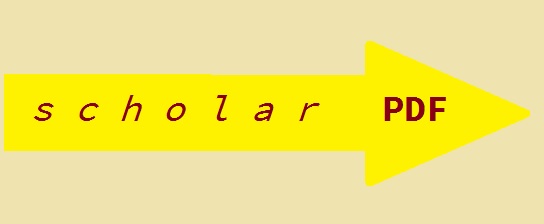http://scihub22266oqcxt.onion/  32824639!?!C? |  |
Warning: file_get_contents(https://eutils.ncbi.nlm.nih.gov/entrez/eutils/efetch.fcgi?&db=pubmed&id=32824639&retstart=0&retmax=1retmode=text&rettype=medline): Failed to open stream: HTTP request failed! HTTP/1.1 429 Too Many Requests
in C:\Inetpub\vhosts\kidney.de\httpdocs\pget.php on line 215
|